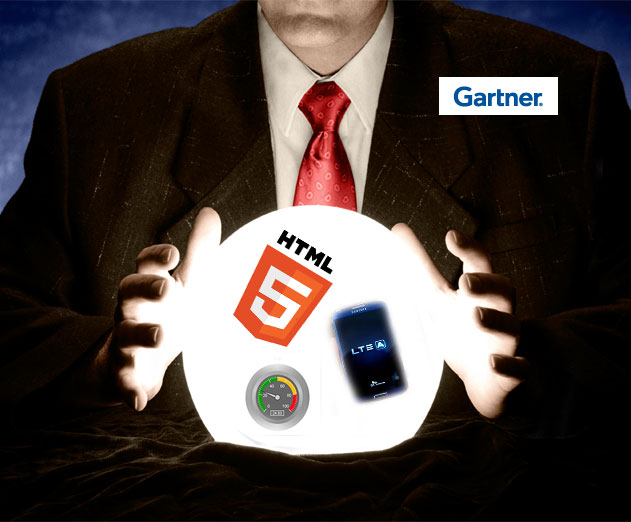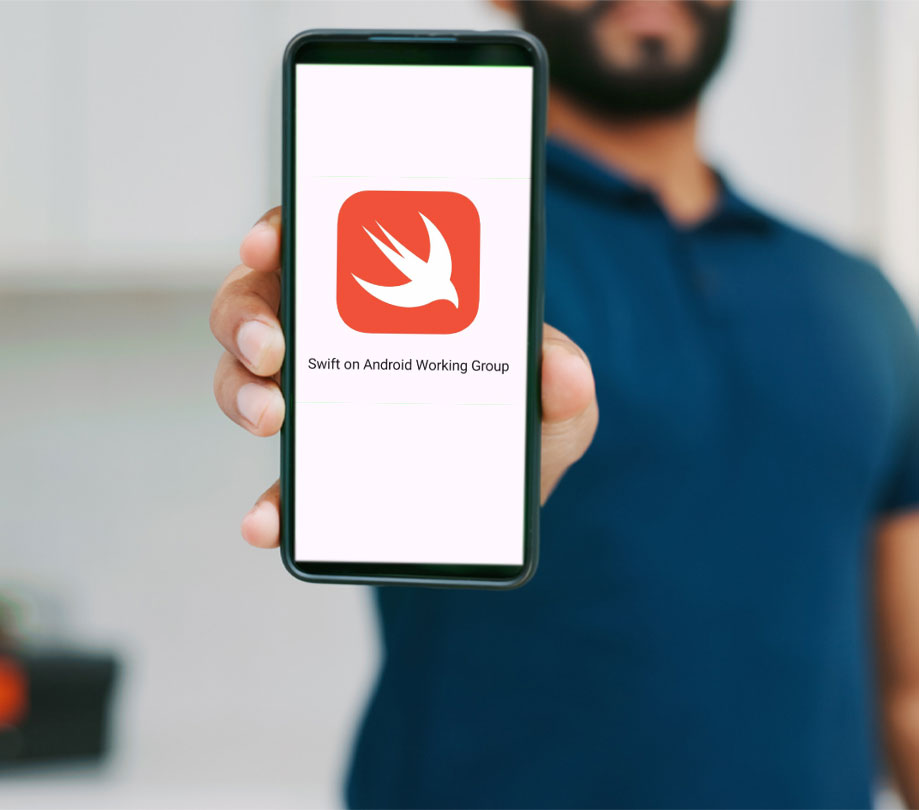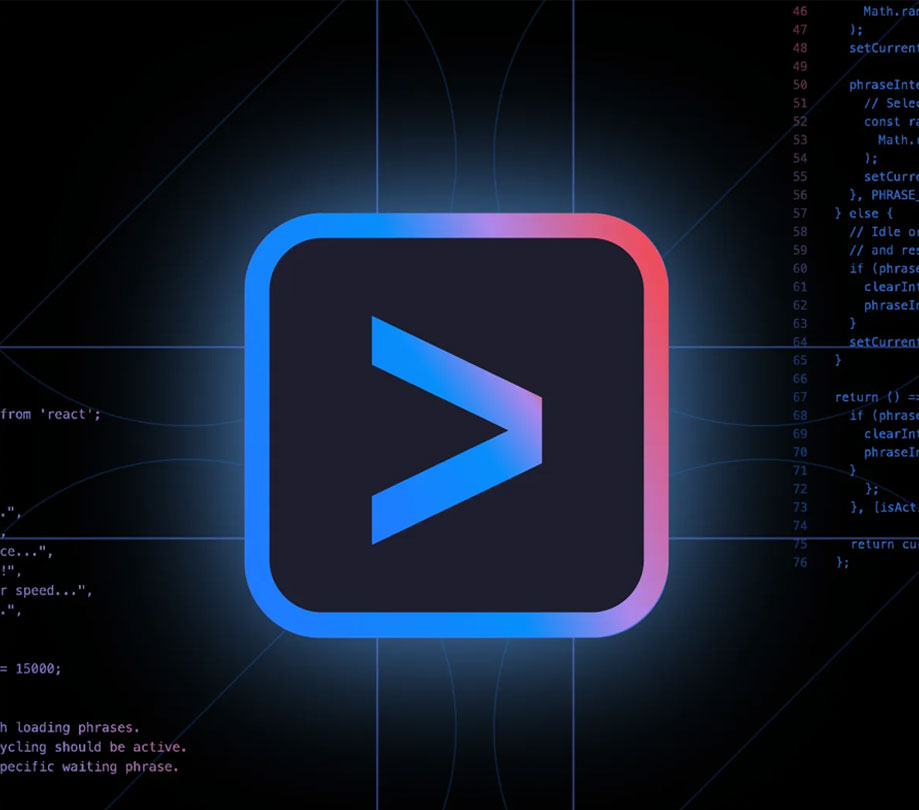Marketing & Promotion
Top Mobile Predictions for 2015 and Beyond
Tuesday, February 25, 2014

|
Richard Harris |

If you had a crystal ball and looked at 2015 and 2016 to see what will be the driving factors for mobile what would you see? Garnter analyst Nick Jones provides his top 10 predictions in a recent report.
And what where they? Drumroll please:
1) Multiplatform/Multiarchitecture AD Tools
2) HTML5
3) Advanced Mobile UX Design
4) High-Precision Location Sensing
5) Wearable Devices
6) New Wi-Fi Standards
7) Enterprise Mobile Management (EMM)
8) Mobile-Connected Smart Objects
9) LTE and LTE-A
10) Metrics and Monitoring Tools
Here are his thoughts in more depth:
Multiplatform/Multiarchitecture Application Development Tools
Most organizations will need application development tools to support a "3 x 3" future — three key platforms (Android, iOS and Windows) and three application architectures (native, hybrid and mobile Web). Tool selection will be a complex balancing act, trading off many technical and nontechnical issues (such as productivity versus vendor stability), and most large organizations will need a portfolio of several tools to deliver to the architectures and platforms they require.
HTML5
HTML5 won't be a simple panacea for mobile application portability because it's fragmented and immature and therefore poses many implementation and security risks. However, as HTML5 and its development tools mature, the popularity of the mobile Web and hybrid applications will increase. Hence, despite many challenges, HTML5 will be an essential technology for organizations delivering applications across multiple platforms.
Advanced Mobile User Experience Design
Leading mobile apps are delivering exceptional user experiences, which are achieved by a variety of new techniques and methodologies, such as motivational design, "quiet" design and "playful" interfaces. Designers are also creating apps that can accommodate mobile challenges, such as partial user attention and interruption, or that can exploit technologies with novel features or "wow" factors, such as augmented reality. Leading consumer apps are setting high standards for user interface design, and all organizations must master new skills and work with new partners to meet growing user expectations.
High-Precision Location Sensing
Knowing an individual's location to within a few meters is a key enabler of the delivery of highly relevant contextual information and services. Apps exploiting precise indoor location currently use technologies such as Wi-Fi, imaging, ultrasonic beacons and geomagnetics. In 2014, Gartner expects growth in the use of wireless beacons using the new Bluetooth Smart standard. In the longer term, technologies such as smart lighting will also become important. Precise indoor location sensing, combined with mobile apps, will enable a new generation of extremely personalized services and information.
Wearable Devices
The smartphone will become the hub of a personal-area network consisting of wearable gadgets such as on-body healthcare sensors, smart jewelry, smart watches, display devices (like Google Glass) and a variety of sensors embedded in clothes and shoes. These gadgets will communicate with mobile apps to deliver information in new ways and enable a wide range of products and services in areas such as sport, fitness, fashion, hobbies and healthcare.
New Wi-Fi Standards
Emerging Wi-Fi standards such as 802.11ac (Waves 1 and 2), 11ad, 11aq and 11ah will increase Wi-Fi performance, make Wi-Fi more relevant to applications such as telemetry, and enable Wi-Fi to provide new services. Over the next three years, demands on Wi-Fi infrastructure will increase as more Wi-Fi-enabled devices appear in organizations, as cellular offloading becomes more popular, and as applications such as location sensing demand denser access-point placement. The opportunities enabled by new standards and the performance required by new applications will require many organizations to revise or replace their Wi-Fi infrastructure.
Enterprise Mobile Management
"Enterprise mobile management" or "EMM" is a term that describes the future evolution and convergence of several mobile management, security and support technologies. These include mobile device management, mobile application management, application wrapping and containerization, and some elements of enterprise file synchronization and sharing. Such tools will mature, grow in scope and eventually address a wide range of mobile management needs across all popular OSs on smartphones, tablets and PCs.
Mobile-Connected Smart Objects
By 2020, the average affluent household in a mature market will contain several hundred smart objects, including LED light bulbs, toys, domestic appliances, sports equipment, medical devices and controllable power sockets, to name but a few. These domestic smart objects will be a part of the Internet of Things, and most will be able to communicate in some way with an app on a smartphone or tablet. Smartphones and tablets will perform many functions, including acting as remote controls, displaying and analyzing information, interfacing with social networks to monitor "things" that can tweet or post, paying for subscription services, ordering replacement consumables and updating object firmware.
LTE and LTE-A
Long Term Evolution (LTE) and its successor LTE Advanced (LTE-A) are cellular technologies that improve spectral efficiency and will push cellular networks to theoretical peak downlink speeds of up to 1 Gbps, while reducing latency. All mobile users will benefit from improved bandwidth, and superior performance combined with new features such as LTE Broadcast will enable network operators to offer new services.
Metrics and Monitoring Tools
The diversity of mobile devices makes comprehensive app testing impossible, and the nondeterministic nature of mobile networks and the cloud services that support them can result in performance bottlenecks that are hard to locate. Mobile metrics and monitoring tools, often known as application performance monitoring (APM), can help. APM provides visibility into app behavior, delivers statistics about which devices and OSs are adopted, and monitors user behavior to determine which app features are being successfully exploited.
The full report is $195 and is available from the Gartner website at the link below.
Read more: http://appdevelopermagazine.com/partner/link/?ref=

Become a subscriber of App Developer Magazine for just $5.99 a month and take advantage of all these perks.
MEMBERS GET ACCESS TO
- - Exclusive content from leaders in the industry
- - Q&A articles from industry leaders
- - Tips and tricks from the most successful developers weekly
- - Monthly issues, including all 90+ back-issues since 2012
- - Event discounts and early-bird signups
- - Gain insight from top achievers in the app store
- - Learn what tools to use, what SDK's to use, and more
Subscribe here










